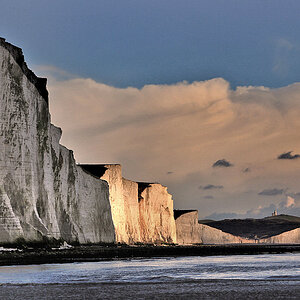Torus34
No longer a newbie, moving up!
- Joined
- Jan 26, 2006
- Messages
- 2,117
- Reaction score
- 37
- Location
- Tottenville, Staten Island, NYC USA
- Can others edit my Photos
- Photos OK to edit
With no access to a microscope with a calibrated reticle, I came up with the following way to measure the diameters of pinholes. It requires an enlarger*, a metal ruler with a metric scale etched into it, some Scotch(r) tape and a pencil. First, I rubbed a few centimeters of the ruler scale with a pencil. This deposited graphite into the lines in the metal. After lightly rubbing off excess graphite I pressed a piece of the tape onto the penciled scale. That transferred the lines to the tape. A second piece of tape, applied adhesive side to adhesive side, protected the image. Then the tape was itself taped to a section of 3x5 card to provide rigidity and ease of handling. I now had a transparent scale that I could put into the negative holder of the enlarger.
Next step was to rack up the enlarger head and focus on the projected tape image. A bit of fussing with height and the image, when measured on the baseboard of the enlarger, was a simple multiple of the tape scale. I selected 15x as a good value and recorded the enlarger head height for future reference.
From there it was relatively simple to mark on a piece of white paper two lines spaced apart by 15 times the diameter of the desired pinhole. The pinhole foil, when placed in the enlarger's negative carrier, projected an image which could be compared to the marks on the paper. I could then gently enlarge the pinhole, purposely made too small initially, with a suitable sewing needle. I used aluminum from a soda can as stock. It runs about 0.004" thick. By carefully sanding the bump produced by the needle just as it penetrated the metal with very fine sandpaper, I reduced the thickness of the metal at the final hole edges.
* A slide projector could also be used.
Next step was to rack up the enlarger head and focus on the projected tape image. A bit of fussing with height and the image, when measured on the baseboard of the enlarger, was a simple multiple of the tape scale. I selected 15x as a good value and recorded the enlarger head height for future reference.
From there it was relatively simple to mark on a piece of white paper two lines spaced apart by 15 times the diameter of the desired pinhole. The pinhole foil, when placed in the enlarger's negative carrier, projected an image which could be compared to the marks on the paper. I could then gently enlarge the pinhole, purposely made too small initially, with a suitable sewing needle. I used aluminum from a soda can as stock. It runs about 0.004" thick. By carefully sanding the bump produced by the needle just as it penetrated the metal with very fine sandpaper, I reduced the thickness of the metal at the final hole edges.
* A slide projector could also be used.



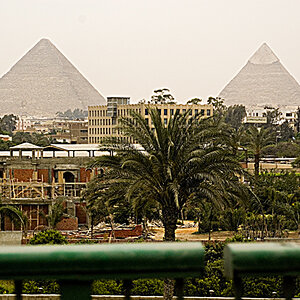
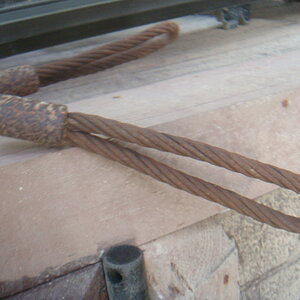

![[No title]](/data/xfmg/thumbnail/39/39447-6e7679723d775935851f055bae9712ba.jpg?1619739036)
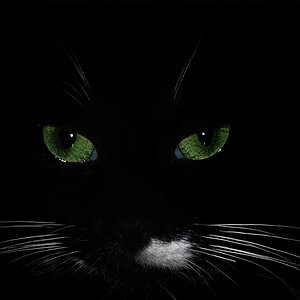
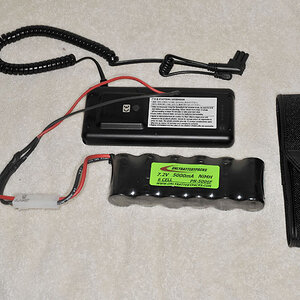
![[No title]](/data/xfmg/thumbnail/32/32183-06800ba86381f42976d75297ee6b5942.jpg?1619735235)
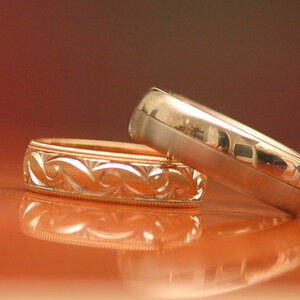
![[No title]](/data/xfmg/thumbnail/31/31980-e5048a424621c7b3cd0d306d63c09d67.jpg?1619735137)
![[No title]](/data/xfmg/thumbnail/31/31756-ed344608f5fc9a69ff1d67dc7d03161c.jpg?1619734993)
